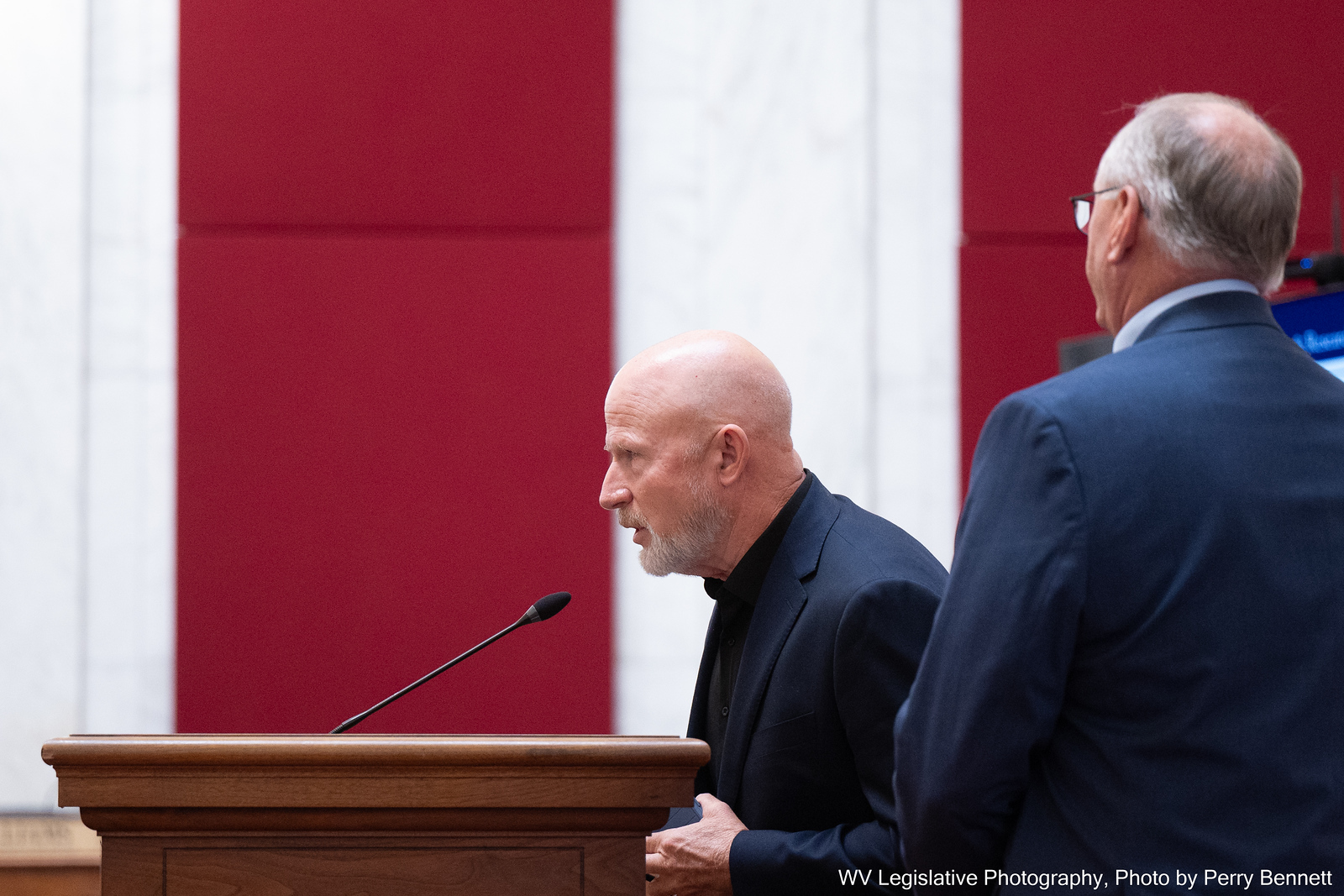As the West Virginia Legislature conducts performance reviews of some state agencies, forestry officials are discouraging legislators from sunsetting a statewide organization.
Earlier this year, West Virginia lawmakers considered eliminating some regulatory bodies, including the West Virginia Board of Registration for Foresters. No such bill passed, but the Joint Standing Committee on Government Organization indicated it might conduct performance reviews on the groups in the near future.
Lawmakers did just that during an interim committee meeting Sunday afternoon, where they discussed the board’s current operations. The board is responsible for certifying and registering all foresters in West Virginia — professionals trained to grow, manage and conserve forests.
Established by the Legislature in 1963, the board consists of five licensed professional foresters with at least one decade of experience, according to the organization’s website. There are approximately 305 certified foresters currently employed in West Virginia, counsel to the committee said.
According to the committee’s counsel, the board is self-sustaining financially and does not have a “scope of practice” beyond protecting and certifying the title of “forester” in West Virginia.
During the interim meeting, representatives from the board testified to committee members and asserted that the board plays an important role in protecting the title of forester.
According to Robert Boyles, executive director of the West Virginia Forestry Association, individuals from all different backgrounds can represent themselves as foresters in states that lack a formal certification, even if they lack the requisite ecological or economic training.
In Ohio, for example, “anybody can call themselves a forester,” he said. “There’s loggers… they don’t need to have the necessary background… when it comes to managing a forest.”
Boyles said improper forestry can deplete wood resources and harm property owners unable to find an accredited professional to consult for help. In the long term, he said this could result in unchecked deforestation and fewer people on hand to address the problem.
“It’s like the minimum,” agreed Dave McGill, the board’s secretary-treasurer.
McGill said alternatives to a state-run forestry accreditation, like a national accreditation system, would produce challenges.
Residents must pay $100 to complete a forestry exam in West Virginia, $50 to apply for certification, and $35 annually to renew their certification.
Similar national organizations like the Society of American Foresters charge $385 per year for credentialization, McGill said.
Del. Rick Hillenbrand, R-Hampshire, asked whether this meant removing a state certification process would shift a greater burden onto foresters themselves. The board representatives said it would.
Removing the board would mark an “extremely significant change” in the dues structure, Boyles said.
During the meeting, the committee did not consider taking action toward the board. But with another year’s legislative session approaching, state lawmakers could reintroduce bills to eliminate regulatory groups like the board as early as February 2025.
